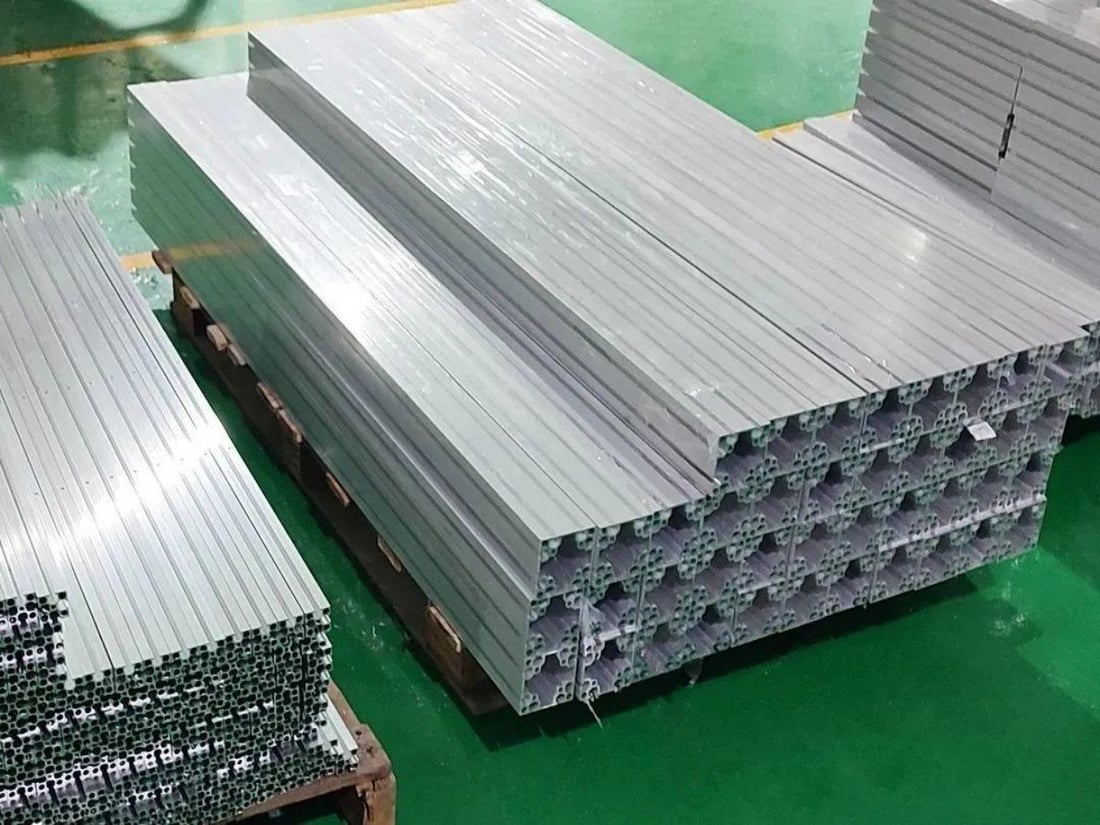Introduction
Aluminum is a versatile and lightweight metal, making it a popular choice for many DIY projects. However, cutting aluminum can be a challenge, especially if you don’t have the right tools. Using the wrong jigsaw blade can result in a rough, uneven cut or even damage to your material. In this article, we’ll explore the different types of jigsaw blades for aluminum and how to choose the right one for your project.
Types of Jigsaw Blades for Aluminum
When it comes to cutting aluminum with a jigsaw, not all blades are created equal. Here are the most common types of jigsaw blades for aluminum and their features:
1. T-Shank Blades
T-shank blades are the most common type of jigsaw blade and are suitable for most metal cutting applications. They feature a T-shaped shank that fits securely into the jigsaw’s chuck, preventing the blade from slipping during use. T-shank blades come in a variety of tooth configurations, including fine, medium, and coarse, and are typically made of high-speed steel or bi-metal.
2. U-Shank Blades
U-shank blades are similar to T-shank blades but have a U-shaped shank that fits into the jigsaw’s chuck. They are less common than T-shank blades but are suitable for cutting aluminum and other metals.
3. Bi-Metal Blades
Bi-metal blades are made of two different types of metal, typically high-speed steel and cobalt. They are more durable than standard blades and can cut through thicker materials, including aluminum and other metals.
4. Carbide-Tipped Blades
Carbide-tipped blades are the most durable and long-lasting jigsaw blades for cutting aluminum. They feature a carbide tip that is bonded to the blade, providing a sharp edge that can cut through even the toughest materials.
Choosing the Right Blade
Now that you know the different types of jigsaw blades for aluminum, how do you choose the right one for your project? Here are some factors to consider:
1. Material Thickness
The thickness of the aluminum you’re cutting will determine the type of blade you need. For thinner materials, a fine-toothed blade is suitable, while thicker materials require a coarse-toothed blade.
2. Tooth Configuration
The tooth configuration of the blade determines the type of cut it will make. Fine-toothed blades produce a smoother cut, while coarse-toothed blades cut faster but leave a rougher edge.
3. Blade Material
The material of the blade affects its durability and cutting performance. Bi-metal blades are more durable than standard blades and can cut through thicker materials, while carbide-tipped blades are the most durable and long-lasting.
Conclusion
Cutting aluminum can be a challenge, but with the right jigsaw blade, you can achieve clean, precise cuts every time. When choosing a jigsaw blade for aluminum, consider the thickness of the material, tooth configuration, and blade material to ensure you get the best results. With the right blade and some practice, you’ll be able to tackle any DIY project that requires cutting aluminum.


